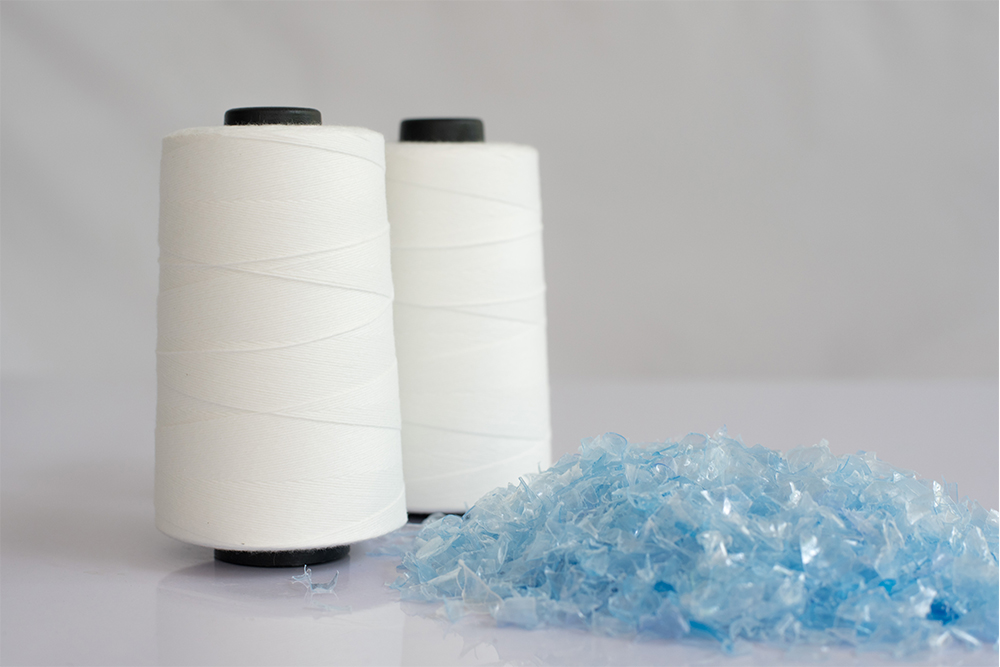In a world where fashion and changing trends are influencing the textile sector greatly, sustainable manufacturing is the biggest challenge for survival for the upcoming generations and industries. Brands are encouraging and educating their customers to choose textiles that have been produced in ethical ways. Similarly, the governments are closing the circle with new and strict legislation for the global textile industry. Sustainability ran high in decisions, actions, and policymaking across the European Union (EU) in 2022 and is expected to be even more in 2023.
Big changes are afoot for the European apparel and shoe industry, ranging from developments in European Union regulations to new country-by-country laws coming into effect in 2023. The EU, long a leader in sustainability policy, is getting even tougher on fashion and textiles. Several pieces of legislation are in the works, new rules and guidelines are expected to start rolling out this year, and the bloc of nations is aiming for a complete overhaul of the industry by 2030 under the overarching Strategy for Sustainable Textiles.
This week, the Netherlands-based environment organization Zero Discharge of Hazardous Chemicals (ZDHC) has announced the release of the updated ZDHC Man-Made Cellulosic Fibres (MMCF) Guidelines Version 2.0 and its supporting documentation. By publishing these documents, ZDHC aims to continue to push the industry toward increasingly innovative and sustainable fiber production. It is important to note that with this update, the ZDHC MMCF Guidelines V2.0 now include the Responsible Fibre Production Guidelines, Wastewater Guidelines, and Air Emissions Guidelines as three separate chapters in a single document.
The recycling of polyester, especially from PET bottles, which was once considered sustainable, is now becoming questionable in 2023 and onwards.
According to a recent report, about 81% of brands have set targets to increase their recycled synthetics volumes which most come from recycled polyester. For example, Puma uses recycled polyester from PET bottles, having 43% of their clothing share; by 2025, this figure is expected to be 75%. This is called a false solution because it makes the textile industry dependent on waste from other industries, leaving behind the waste they created.
Thus, textile companies expect a strong call to recycle textiles instead of PET bottles.
Another big challenge for the textile sector is controlling the increasing pollution of microfibers.
Researchers at an Australian university have found that textile fibers cause more than 70% of microplastic pollution found in freshwater streams. Similarly, much attention has been paid to replacing fossil fuel-based fibers with natural ones. However, two-thirds of all textiles are currently made up of synthetic fibers. Most synthetics are not recyclable and are often used in complex textile blends that make circularity impossible.
Thus, it can be said that the textile sector has to face big challenges for sustainable manufacturing in 2023.




